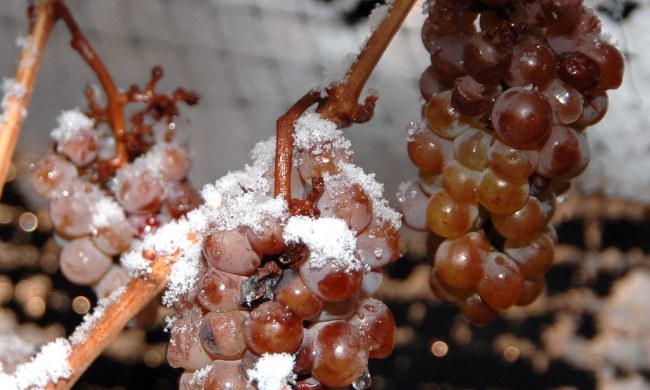Like the pandemic, climate change affects us all. It forces us to adapt, reimagining our lifestyles and industries in the name of survival. In wine, it can lead to some fun experimentation and new grapes in new places.
Agriculture has always been a tremendous gauge of the severity of a warming planet. We’ve already watched the wine map shift over the last couple of generations, reaching places previously unheard of and bringing grapes like Chardonnay to southern England and Merlot to Oregon (yes, some of the best sparkling wine out there right now is being grown in the U.K.).
One of the biggest shake-ups in recent history just hit the headlines. France’s famed Bordeaux region has officially signed on to allow six new grapes to be grown in its lauded soils. On the surface, this may not sound like much of a story. But even if you only casually follow wine, you’ll appreciate the importance of this big move.

The French wine industry is all about tradition. In other words, it mostly fears change. This is the country that’s decided it is the only place where anything called Champagne, Burgundy, or Bordeaux can be made. Anywhere else, it’s merely a sparkling wine, Pinot Noir, or red blend, respectively. It’s a place where winemaking has by and large been done a certain way for hundreds if not thousands of years. And if it ain’t broke, no bother fixing it. Except for the fact that, well, the planet’s kinda broke (or breaking in a heated fashion, if you will).
The region has green-lighted six new grape types better suited for higher temperatures and shorter growing seasons. They include four reds (Arinarnoa, Castets, Marselan, and Touriga Nacional) and a pair of whites (Alvarinho and Liliorila), which will be planted starting this year. It’s the culmination of a decade of research and surely plenty of convincing and re-convincing. You’ll still see the red wine blends that made the region immortal, made from longstanding varieties like Cabernet Sauvignon, Cabernet Franc, Merlot, Malbec, and more. But now they’ll gain some new aromatics, flavors, and textures courtesy of some new players in town.
Like many shifts related to climate change, it probably should have happened earlier. But at least it’s happening. Moreover, it’s happening to arguably the most famous wine region on earth. An adjustment like this is equivalent to General Motors requiring better mileage in all of its vehicles or Big Tobacco realizing that smoking isn’t good for you. It’s a show of humility and adaptation from a leading region that will surely inspire other parts of the world to do the same.
Of course, climate change and wine is much more complicated. Grapes will not only have to adapt to warmer weather, but smokier conditions thanks to added wildfire pressure, drought, and more. But this is a step in the right direction by some of the biggest footprints in all of international wine. For wine lovers, it’s a fascinating new era that will deliver a new cast of esteemed wines blended by some of the deftest producers in not just Bordeaux, buy anywhere.
Who knows? Perhaps the best wines of 2061 will be made in the foothills of the Rocky Mountains or the rolling hills of Ireland.


